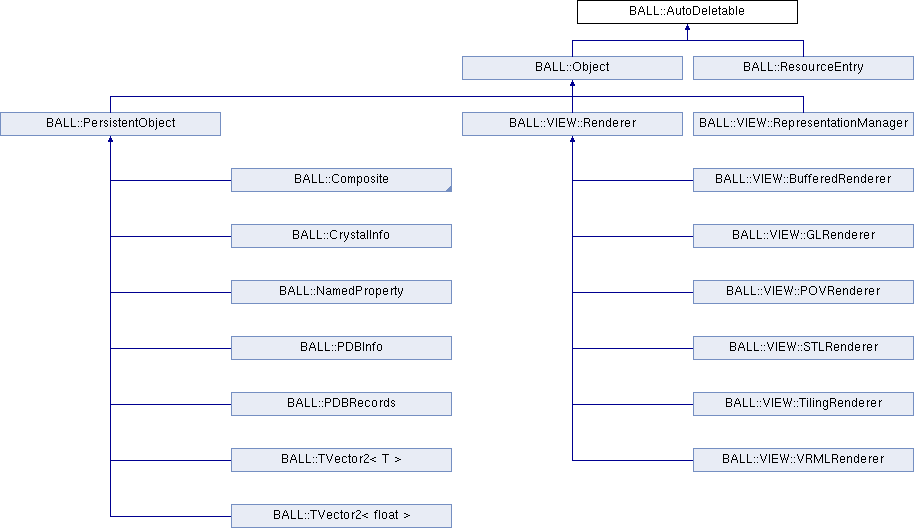Auto-deletable concept. This class allows the distinction between objects that may be deleted automatically (because they are created dynamically on the heap) and instances that are static and should not be deleted automatically.
- Standard application is the class Composite . Composites may contain other composites (tree-like structure). If a composite is deleted, it has to decide whether all composites contained therein are to be deleted, too. If these composites are static objects, calling their destructor often is fatal! The same is true for objects contained in an array. Therefore, composite is derived from AutoDeletable .
- The AutoDeletable class determines whether it was instantiated via new and then sets an internal flag to false. The mechanism to determine this is as follows:
- AutoDeletable has on overloaded new operator. When invoked, this operator allocates storage for an instance of AutoDeletable using the global new operator and remembers the address of in a private variable last_ptr_. Each constructor of AutoDeletable checks whether its this pointer is equal to the address stored in last_ptr_. If both pointers are equal, the object has been created using the new operator and so it is safe to delete it automatically. If the adresses do not match, the object is either part of an array or static and should not be deleted automatically.
- The state of each object may be changed after it is constructed by a call to setAutoDeletable . This might be useful to protect certain instances of objects, however usually this should not be neccessary.
Definition at line 58 of file autoDeletable.h.

 1.8.3.1
1.8.3.1